Want to save with Paschal? Don’t miss our current offers and specials
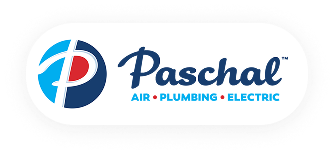
Want to save with Paschal? Don’t miss our current offers and specials
Return to Paschal Resource & Education Hub
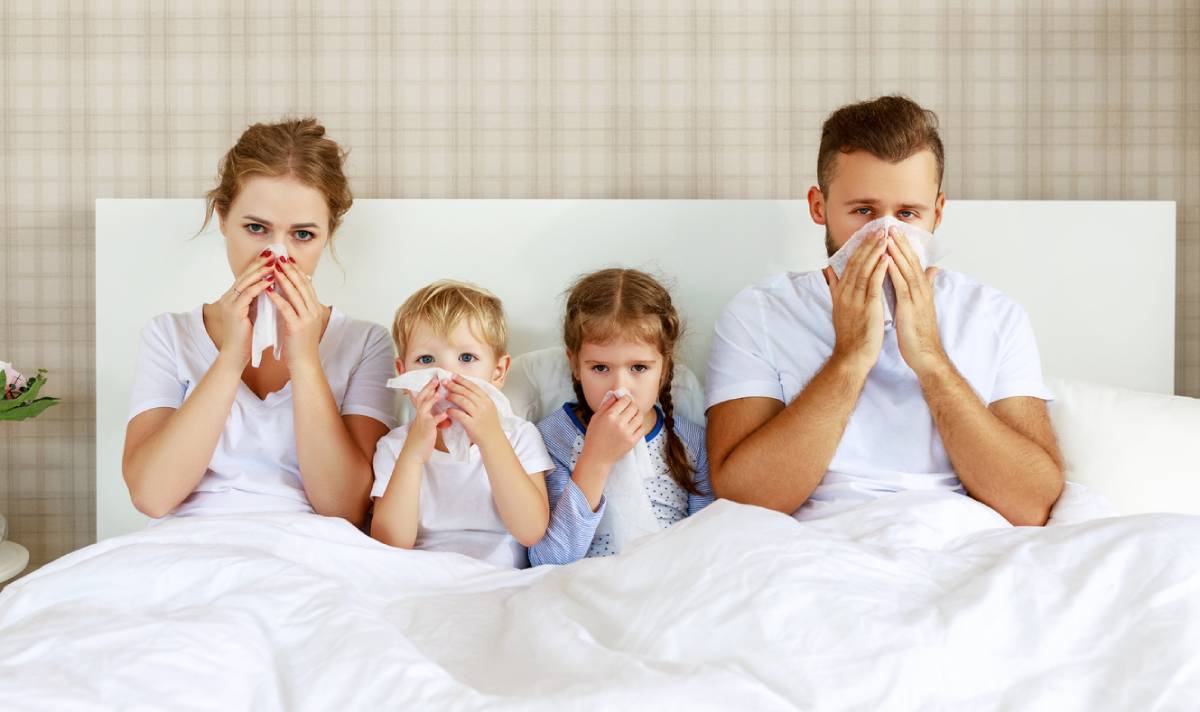
When school starts, sniffles start. Kids bring home germs from classrooms, carpools, and playgrounds, and suddenly the whole family feels under the weather. One of the most effective ways to keep families healthier is by improving the air inside your home, where we spend about 90% of our time.
Research from professional organizations like the U.S. Environmental Protection Agency (EPA) shows that indoor air can sometimes be two to five times more polluted than outdoor air, especially after everyday activities like cooking or cleaning. Experts at the Centers for Disease Control and Prevention (CDC) emphasize that layered approaches, such as filtration, purification, humidity control, and ventilation, can make a measurable difference in reducing allergens and airborne germs at home.
Ragweed pollen and other seasonal triggers peak from late August into September, which coincides with classrooms and carpools ramping back up. By tackling indoor air quality, you can help your kids stay in school and reduce the spread of germs between family members.
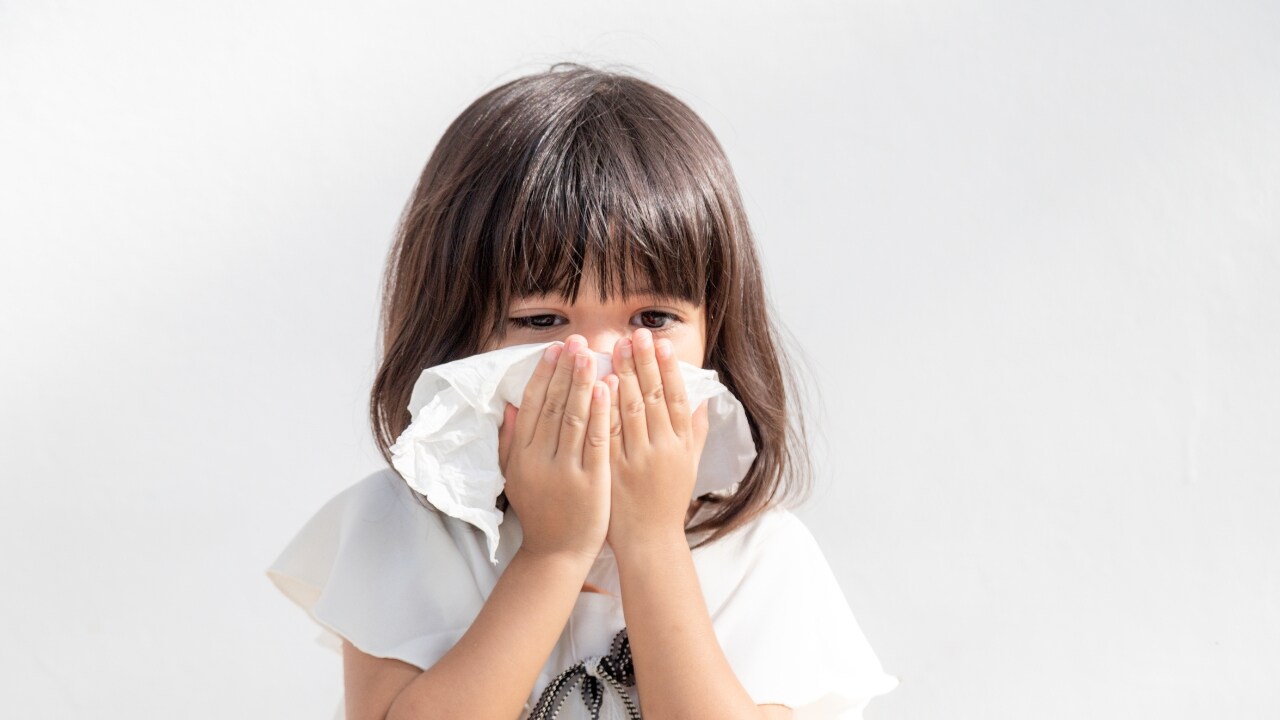
If any of these sound familiar, your home’s air might be contributing to the spread of germs and allergies in your family.
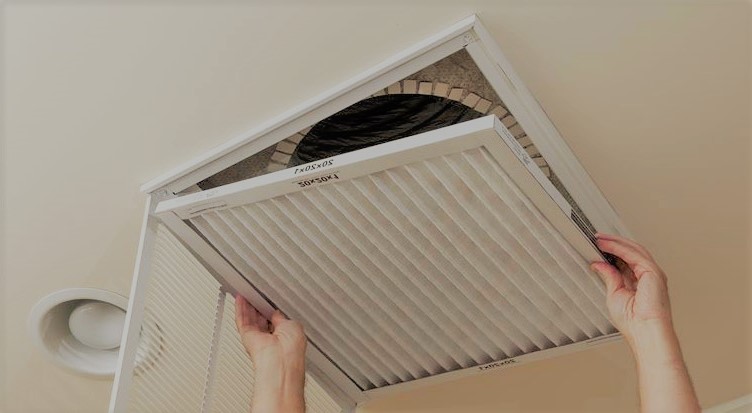
Air filters are rated using a Minimum Efficiency Reporting Value (MERV), which measures how well a filter captures small particles. Filters rated MERV 13 or higher can trap tiny particles like pollen, dust, and pet dander that standard filters often miss (EPA).
Why it matters: Reducing particles floating in the air means fewer sneezes, less itchy eyes, and better sleep for everyone. Homeowners who do not want to guess which filter fits their system can have Paschal pros size and install the right filter safely.
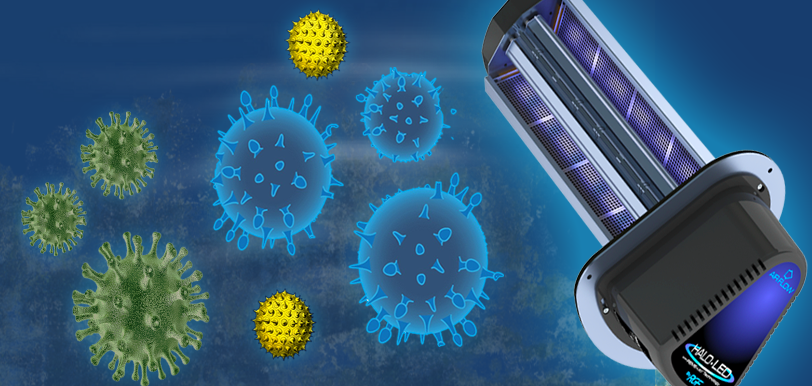
UV-C is a type of ultraviolet light that can neutralize certain germs on coils or inside ducts. Experts at the CDC point out that UV-C should be used as an add-on to filtration and ventilation, not a replacement.
Why it matters: UV-C helps reduce viruses and microbes that kids may bring home from school. It is an invisible layer of protection that makes your family’s air safer. UV-C systems should always be installed and maintained by trained HVAC professionals.
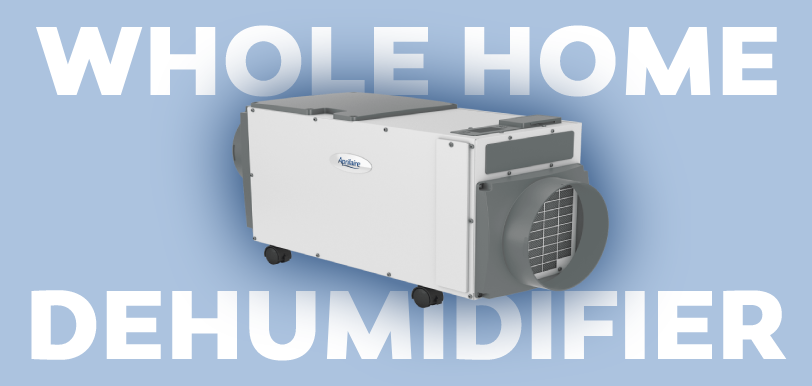
Indoor humidity should stay around 30–50%, according to research from ENERGY STAR. Too dry irritates noses and throats, while too damp encourages dust mites and mold. Humidifiers add moisture in dry months, and dehumidifiers reduce excess moisture in muggy months.
Why it matters: Balanced humidity helps reduce cold and allergy symptoms from spreading among family members. Paschal can size and install equipment to keep your home in this healthy range year-round.
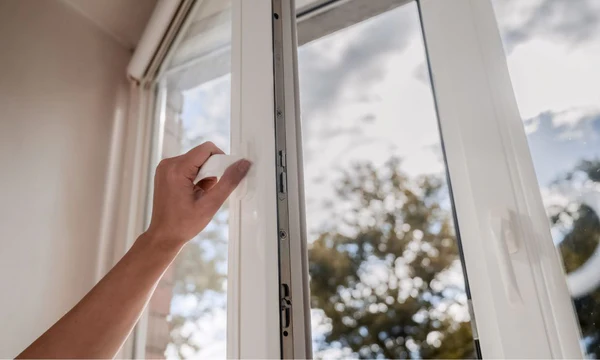
Bringing in fresh outdoor air and exhausting stale indoor air dilutes indoor pollutants and airborne viruses. Experts at the CDC recommend using kitchen and bath fans, cracking windows when outdoor air is good, or installing balanced mechanical ventilation.
Why it matters: Proper ventilation reduces germs traveling from one room to another, making it less likely that one sick child spreads germs to the whole family.
Choose low-VOC cleaners and paints, vacuum with a HEPA vacuum, and use strong kitchen exhaust fans. According to guidance from the EPA, managing pollutants at the source is one of the most effective ways to keep indoor air healthy.
Why it matters: Reducing particles and gases at their source keeps everyone breathing easier, especially children, older adults, and people with allergies.
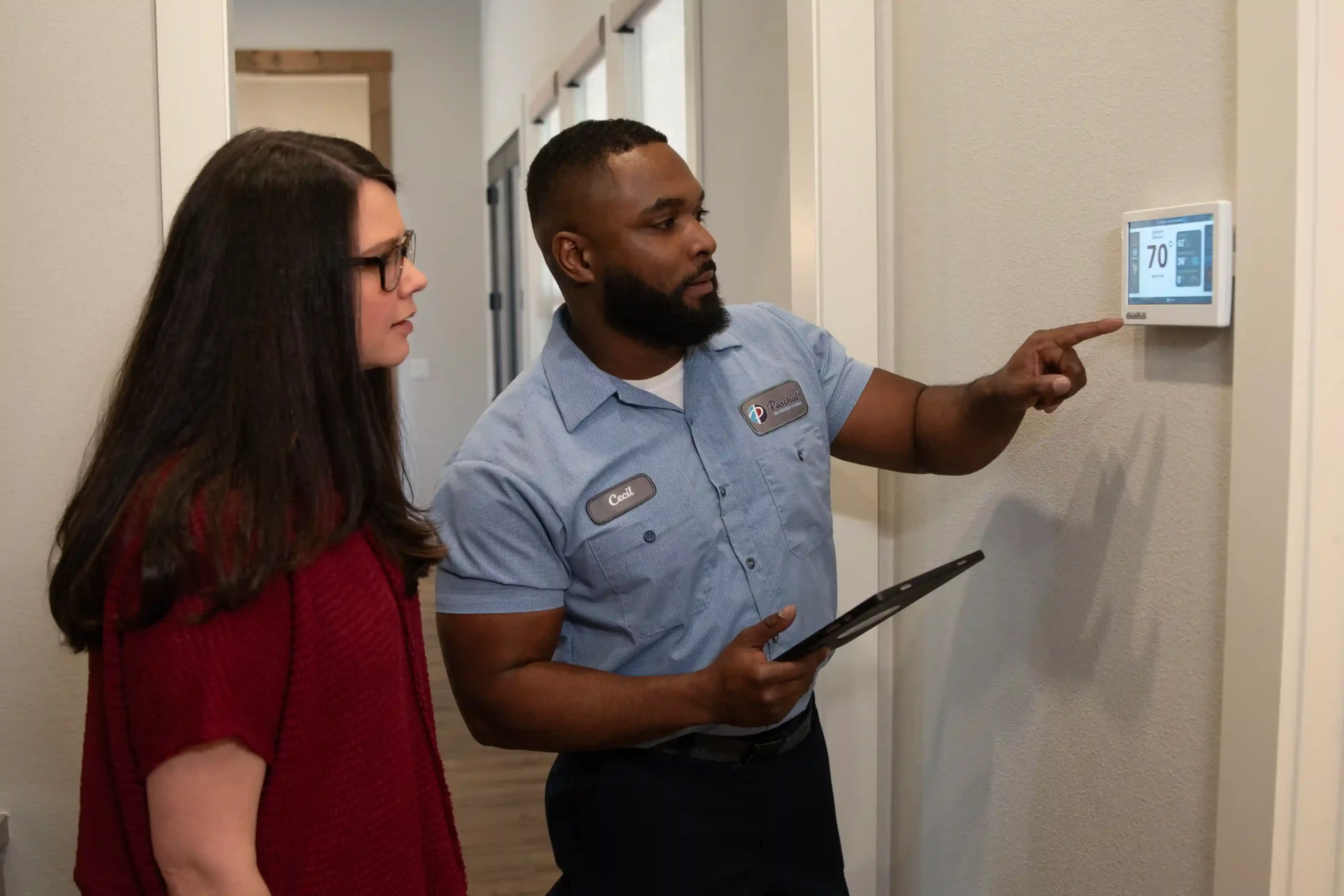
As a parent, you want fewer missed days. As technicians, we want your air to work for you. Here’s how Paschal helps:
We install whole-home purifiers that integrate with your heating and cooling system to pull particles through higher-efficiency media and electronic cleaners, and we can add UV-C where it makes sense. This removes fine dust, dander, and many bio-aerosols as air circulates. (Filtration and UV-C are recognized tools for cleaner indoor air when properly designed and maintained.)
We size and install equipment to keep your home in the 30–50% sweet spot most of the year, reducing mold risk and improving comfort. ENERGY STAR
From fresh-air intakes to energy-recovery ventilators, we design solutions that meet modern ventilation targets so your home continuously dilutes pollutants and odors.
We inspect for visible mold, pests, or heavy dust and clean to the NADCA ACR Standard using proper negative-pressure equipment—because done wrong, duct cleaning can stir up more dust than it removes. EPA advises cleaning as needed, not on an arbitrary schedule. US EPA+1NADCA
Better insulation and sealing stability of temperatures, reduce drafts, and help manage moisture that can otherwise condense and feed mold, supporting healthier air and less strain on your system.
Kids and caregivers spend most of the day indoors during the school year. Cleaner air reduces allergens and helps prevent the spread of viruses between school and bedtime. Layered protections, including filtration, portable HEPA units, proper humidity, and ventilation, work together to keep your family healthier and happier, according to experts at the CDC.
What’s the best air purifier for a child’s room?
Look for a true HEPA air cleaner and size it by CADR to the room’s square footage. Keep doors mostly closed so the purifier can cycle the room air effectively.
Should I jump straight to UV-C?
Ultraviolet is helpful as an add-on to filtration and ventilation. It can reduce certain microbes on coils and in ducts, but it does not replace filters or fresh air.
How do I know if my ducts need cleaning?
EPA recommends cleaning only when needed, for example, visible mold, pests, or heavy dust deposits. Hire a contractor that follows the NADCA ACR Standard and can show you before-and-after evidence. US EPANADCA
What humidity should I aim for to reduce allergies and colds?
Keep indoor humidity around 30–50% to limit mold and dust mites while keeping airways comfortable. ENERGY STAR
Does ventilation really reduce viruses?
Yes, bringing in clean outdoor air and exhausting stale indoor air dilutes airborne viruses and other pollutants. Combine it with filtration for the best results. CDC
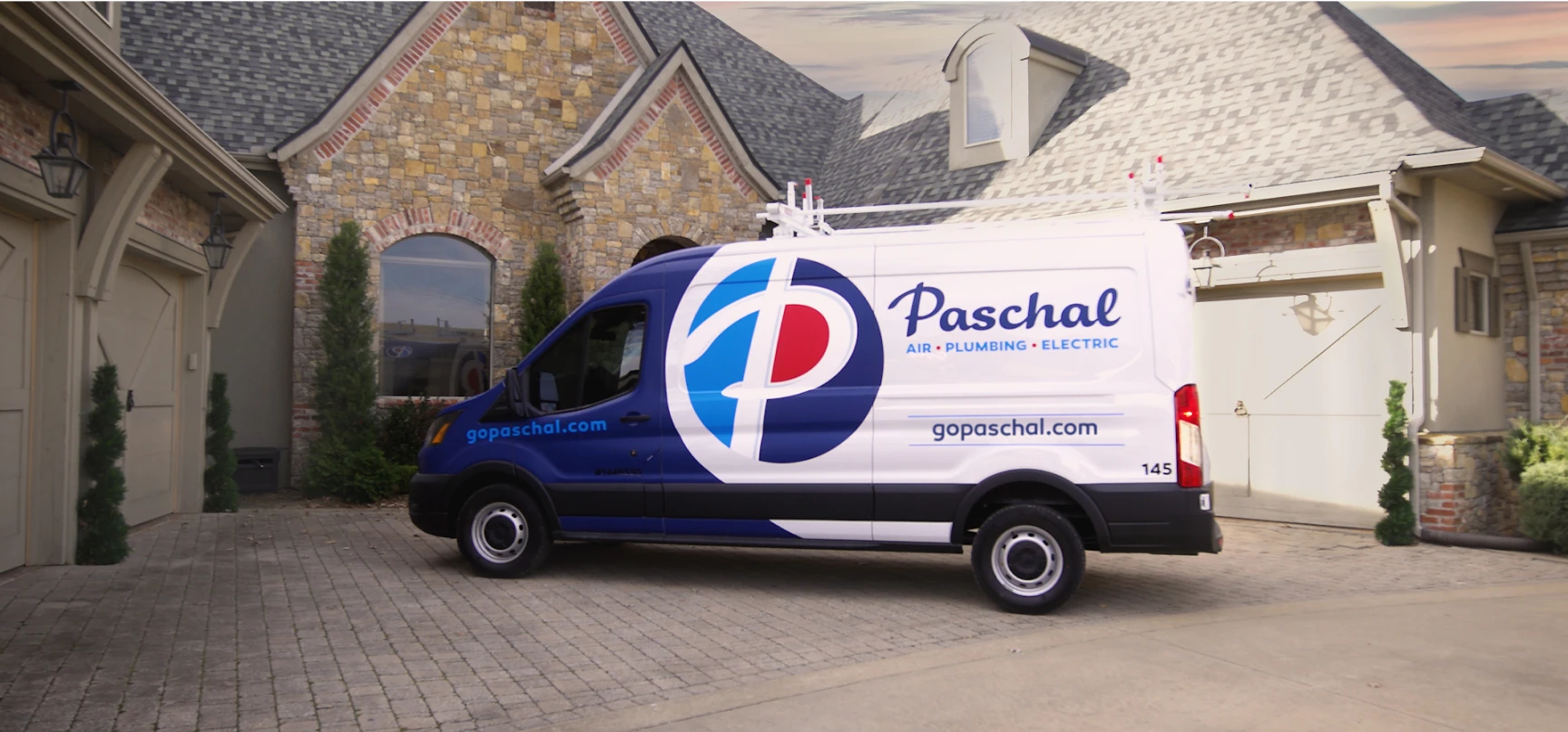
Get a whole-home air checkup and customized plan from Paschal: filtration upgrades, whole-home purifiers, humidity control, ventilation solutions, duct inspection/cleaning (as needed), and attic insulation improvements, all installed and maintained by pros.